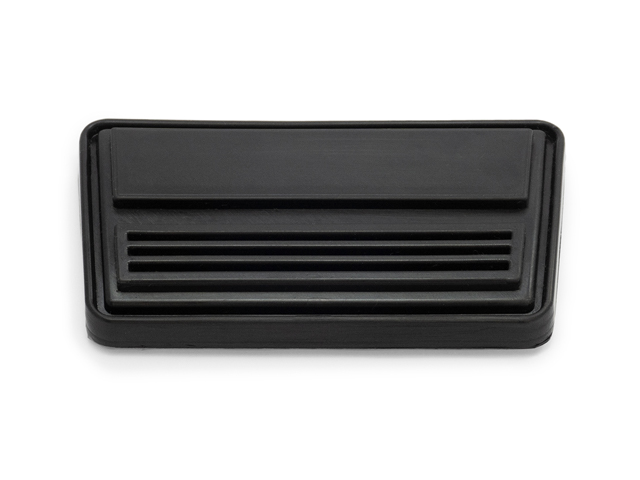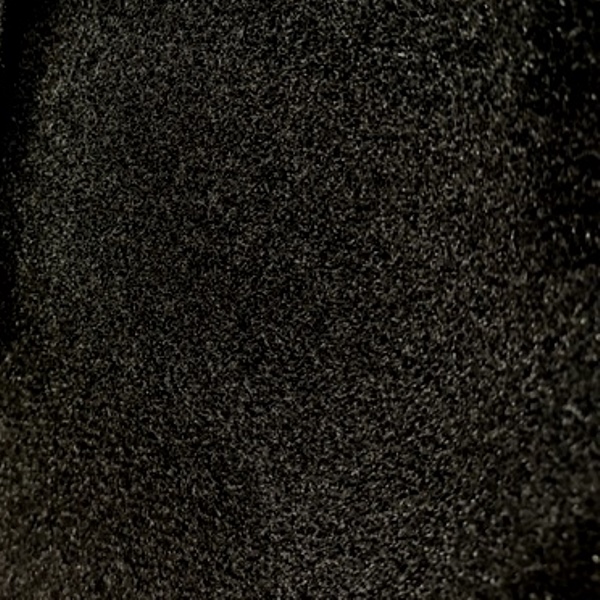Image of 1987 Pontiac Fiero, Note: These illustrations use artistic license and may differ from actual historical models.
Performance Metrics
Fundamental Metrics
Emotional Appeal
MMP Rating
| Engine Specifications | |
|---|---|
| Engine Options: | 2.5L I4, 2.8L V6 |
| Displacement Range: | 2.5L (151 cu in), 2.8L (173 cu in) |
| Horsepower Range: | 98 hp (2.5L I4), 140 hp (2.8L V6) |
| Torque: | 135 lb-ft (2.5L I4), 170 lb-ft (2.8L V6) |
| Compression Ratio: | 8.5:1 (2.5L I4), 8.9:1 (2.8L V6) |
| Ignition System: | Electronic |
| Cooling System: | Liquid-cooled |
| Performance Specifications | |
| 0-60 Time: | 10.5 seconds (2.5L I4), 7.5 seconds (2.8L V6) |
| 1/4 Mile Time: | 17.5 seconds (2.5L I4), 15.5 seconds (2.8L V6) |
| Top Speed: | 105 mph (2.5L I4), 120 mph (2.8L V6) |
| Transmission and Drive | |
| Drive Type: | RWD |
| Transmission Type: | 3-speed automatic, 4-speed manual, 5-speed manual |
| Fuel and Efficiency | |
| Fuel System Type: | Fuel Injection |
| MPG: | 24 city / 34 highway (2.5L I4), 19 city / 28 highway (2.8L V6) |
| Dimensions and Brakes | |
| Brakes: | Front disc, rear drum |
| Wheelbase: | 93.4 inches |
| Weight: | 2,700 lbs |
Note: Specifications for classic cars are given to the best of our ability, considering the limited and variant data available.
1987 Pontiac Fiero: A Mid-Engine Marvel
The 1987 Pontiac Fiero not only turned heads with its mid-engine layout but also marked a significant chapter in American automotive history. As the first and only mass-produced mid-engine sports car by a major American manufacturer, the Fiero was Pontiac's bold foray into a market segment typically dominated by European marques. This two-seater, plastic-bodied sports car was a departure from traditional American automotive design, and it brought a fresh perspective to the roads of the 1980s.
Introduced in 1984, the Fiero was designed to help Pontiac shed its staid image and attract younger buyers. By its final year of production in 1987, it had evolved significantly from its initial offering. A notable moment in the vehicle's history was when it served as the official pace car for the Indianapolis 500 in 1984, solidifying its place in Americana.
Design and Innovation
The exterior of the 1987 Fiero featured sleek lines and a low-slung silhouette that were quite futuristic for its time. The pop-up headlights and well-defined wheel arches contributed to an aggressive stance that promised performance and excitement. Inside, the cabin was snug but sporty, with bucket seats and an array of gauges that gave drivers a cockpit-like feel. The use of plastics and other materials in the interior reflected a cost-conscious approach but maintained a look that resonated with the era's high-tech aspirations.
Technologically, the Fiero showcased innovation with its space frame design and use of composite body panels, which were resistant to rust and dents. Color options ranged from vibrant reds to subtle silvers, with bright red being a particularly popular choice among enthusiasts. The most iconic body style was undoubtedly the GT model with its fastback roofline that epitomized the sports car ethos of the time.
Historical Significance
The Pontiac Fiero's impact on automotive design cannot be overstated. It challenged conventional wisdom about American car manufacturing capabilities and showed that innovation could come from within Detroit's Big Three automakers. The Fiero's mid-engine design set it apart from nearly every other domestic vehicle on the road, influencing future designs in both aesthetics and engineering.
Performance and Handling
In terms of performance, the 1987 Fiero GT featured a 2.8-liter V6 engine capable of producing 135 horsepower, allowing it to reach 60 mph from a standstill in about 8 seconds—a respectable figure for its time. Its top speed hovered around 125 mph. The mid-engine layout provided excellent weight distribution, which translated into nimble handling around corners and stability at speed. Drivers often praised the visceral driving experience—the hum of the engine just behind their shoulders and the responsive feedback from the steering wheel made for an engaging ride.
Ownership Experience
The Fiero found use in various roles: as a daily driver for those attracted to its sporty image, as a show car for enthusiasts looking to showcase this unique piece of automotive history, or even occasionally as an amateur racing vehicle due to its balanced handling characteristics. Maintenance was relatively straightforward given its domestic origins, though some parts specific to the Fiero became harder to find over time.
Fun Facts
A little-known fact is that there were plans for a turbocharged version of the Fiero which never came to fruition due to its untimely discontinuation. Despite common criticisms over initial engine reliability issues and some ergonomic quirks, the Fiero has developed a cult following among collectors and classic car aficionados.
Collector's Information
Today, values for well-maintained or restored Fieros can range widely based on condition, mileage, and model year—with GT models generally commanding higher prices. While exact production numbers vary by source, it is estimated that over 370,000 Fieros were produced during its four-year run. As for appreciation potential, well-preserved examples have seen modest increases in value over recent years as nostalgia for '80s icons grows stronger.
Conclusion
The 1987 Pontiac Fiero stands as a testament to innovation within America's automotive industry during an era of change. Its distinctive design and engineering make it an important piece of history for collectors and enthusiasts alike—a symbol of what happens when convention is left behind in pursuit of something truly exciting.
1987 Pontiac Fiero Catalog of Parts
 1987 Pontiac Fiero Automatic brake pedal pad fits '78-88 GM A, Spec A, G Body-CB 101-DCB 101-D replaces the automatic brake pedal pad on many 1978-1988 General Motors A, Spec A and G body models. Also fits many 1982-1991 GM J, L, N and P body models. 4-1/2" wide X 2-1/2" long. Each
1987 Pontiac Fiero Automatic brake pedal pad fits '78-88 GM A, Spec A, G Body-CB 101-DCB 101-D replaces the automatic brake pedal pad on many 1978-1988 General Motors A, Spec A and G body models. Also fits many 1982-1991 GM J, L, N and P body models. 4-1/2" wide X 2-1/2" long. Each 1987 Pontiac Fiero Trunk Liner. Loose weave, jet black. 50" wide-M 30Trunk Liner. Loose weave, jet black. 50" wide. Sold by the foot
1987 Pontiac Fiero Trunk Liner. Loose weave, jet black. 50" wide-M 30Trunk Liner. Loose weave, jet black. 50" wide. Sold by the footWhy Choose Metro?
For over 100 years, Metro Moulded Parts has been the pinnacle of quality in classic car restoration parts. Our commitment to precision and authenticity in every component ensures a perfect fit and an OEM-level appearance.
- Expert Craftsmanship & Quality: Each part is a testament to our dedication to reliability and perfection, crafted from original designs and thoroughly tested.
- Advanced Technology: We use cutting-edge techniques to create flawless, long-lasting parts that surpass others in performance.
- SuperSoft Sponge – The Ultimate Door Seal: Not only are our door seals 30% softer than competitors', but they're also guaranteed to never leak. They effectively reduce wind and road noise, enhancing your classic car's comfort and driving experience.
- Proudly American: Our parts are a product of American craftsmanship, made in the USA with a spirit of excellence and heritage.
- Unrivaled Warranty: We back our products with a 30-year industry-leading warranty, a testament to our confidence in their quality.
Join us in preserving the legacy of classic cars with parts that are crafted for perfection, not just made.

